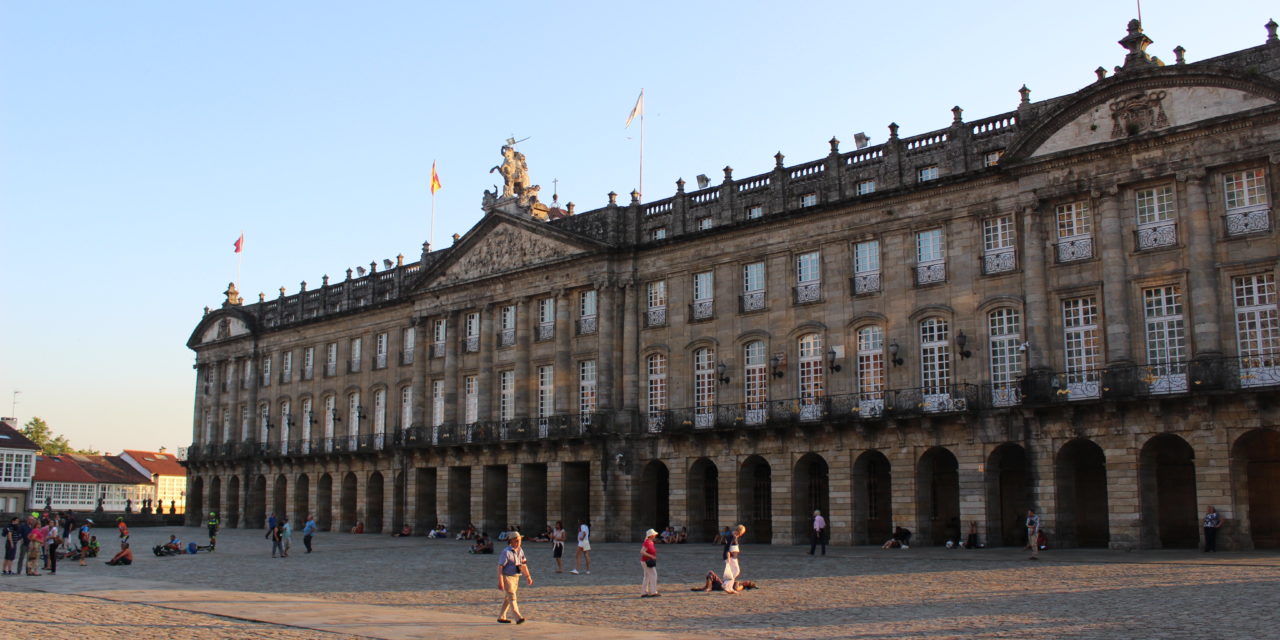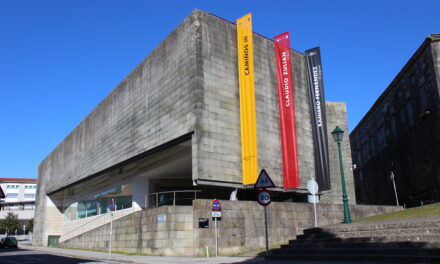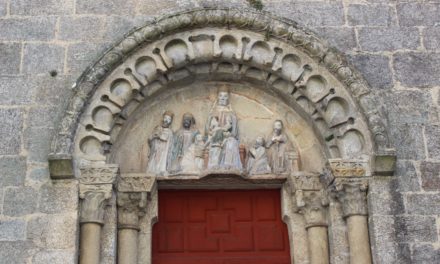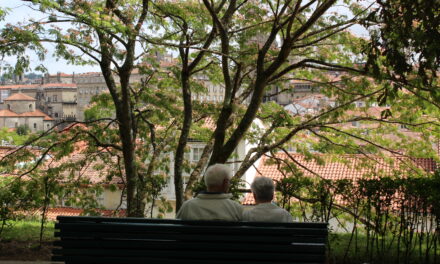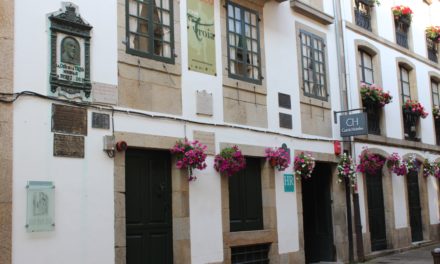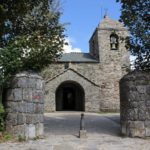The palace of Rajoy – Raxoi court in Galician – which closes off the west side of the Plaza del Obradoiro, and is directly opposite the cathedral. Currently, it is home to the city council of Santiago. This magnificent neoclassical building took its name from one of its patrons: Bartolomé Rajoy Losada, Archbishop of Santiago who promoted its construction in order to use it as a seminary.
Its construction was very complex, because it generated conflicts that ended up being resolved in the law courts. The reason for this was the question of the joint custody and ownership of the space it was going to occupy: a space in which the prisons of the city – civil and ecclesiastical – and a fragment of the city wall were involved, thus involving both the Bishopric and the City Council. Both institutions struggled to build two separate projects: in 1764 the city council put forward a project by Lucas Ferro Caaveiro in order to establish its headquarters there. While in 1766, Archbishop Rajoy presented plans made by the French engineer Carlos Lemaur to erect a seminar. In addition, a third institution joined the conflict: the Royal Hospital, according to which the building works could threaten their property. Finally, the courts resolved the mess in a way which was worthy of King Solomon himself. It was decided in 1767 that the building would house the Council of Compostela, the Seminar of Confessors and the prisons. The project chosen was that of the engineer Carlos Lemaur.
Following the plans of Lemaur, the works were directed by fray Manuel de los Mártires and masters Juan López Freire and Alberto Ricoy, between 1766 and 1772. The final result is a palace in the French style, very similar to that which was developed by Mansart and some Italian architects. It has a markedly horizontal character, with a long loggia porticated in the lower body and two upper storeys of classical proportions with 50 bays or niches for doors and windows in each one and that, in its central part, are supported by massive columns with Ionic capitals.
The austerity and classicism of the façade does not exclude the presence of sculptural elements, among which is the great relief history that covers the central pediment of auction and the sculpture that crowns it.
In the tympanum of the pediment, the battle of Clavijo is developed in relief, a legendary battle in which, according to tradition, the Apostle James intervened by supporting and leading the Christians to victory. The relief was designed by a painter, the Galician Gregorio Ferro, and its execution was entrusted to the sculptors José Gambino and José Ferreiro, both of them Galician. José Ferreiro is also responsible for the sculpture that crowns the pediment, an equestrian representation of Santiago as Matamoros.
The rear façade of also well worth seeing, and is particularly visible to the pilgrims who pass before it when going to or from the Pilgrims’ Office of the Cathedral of Santiago, which is very close by.

